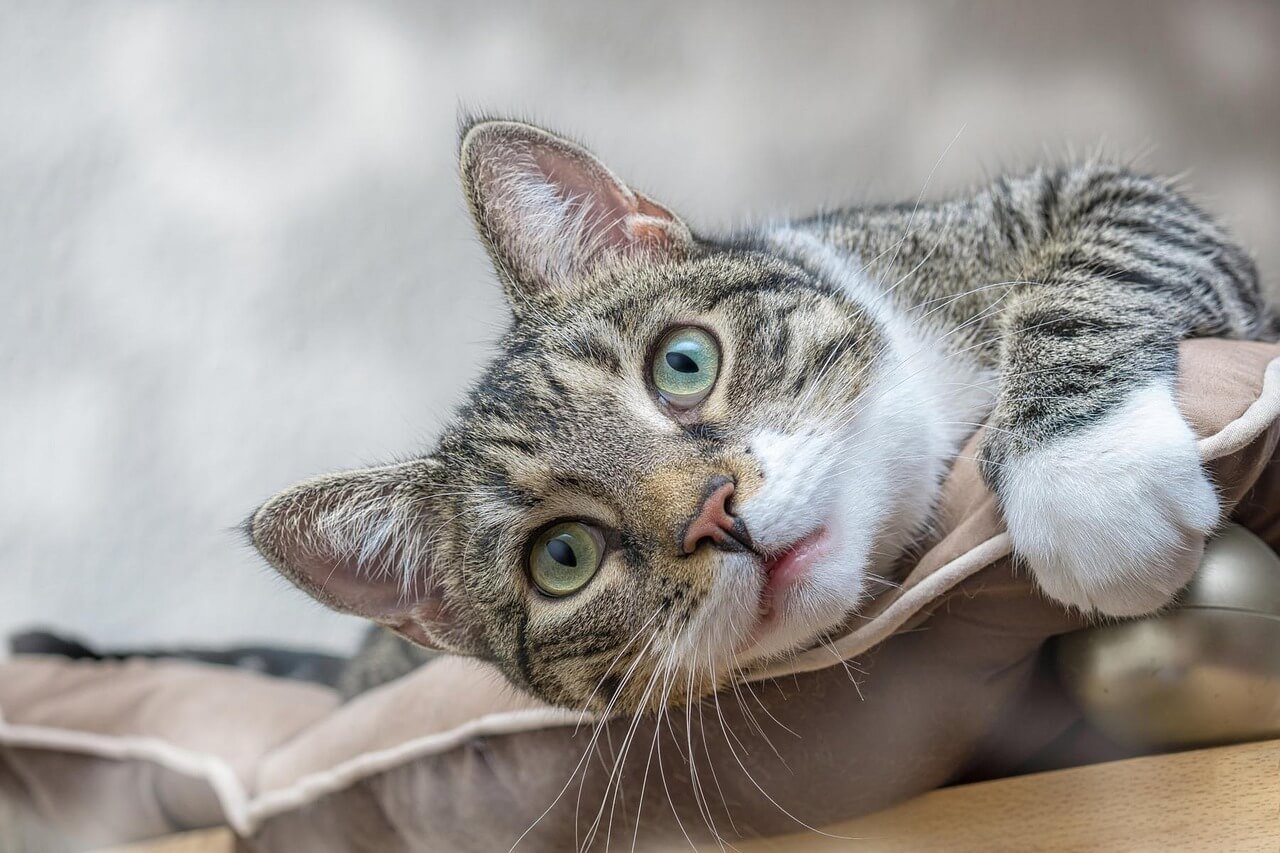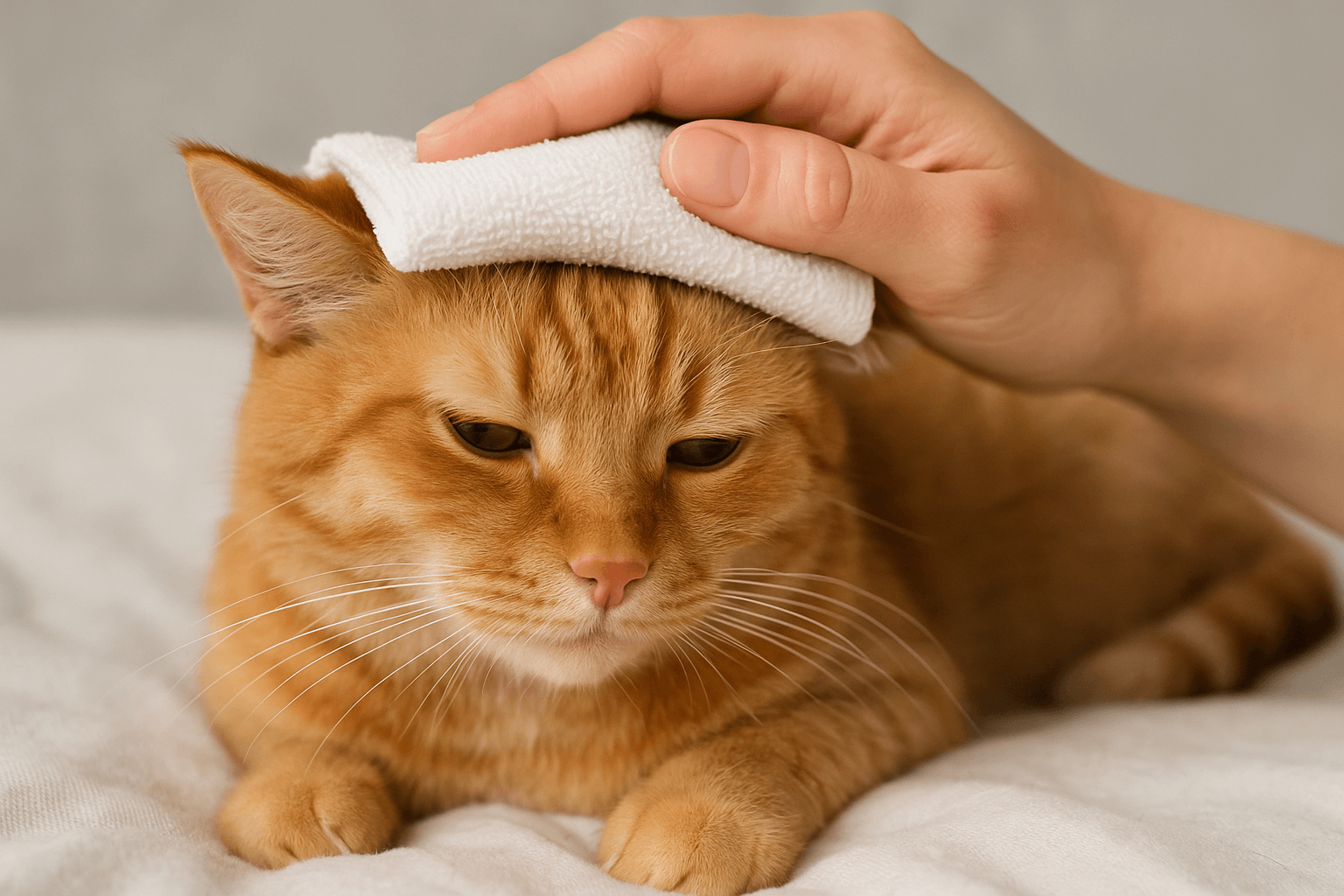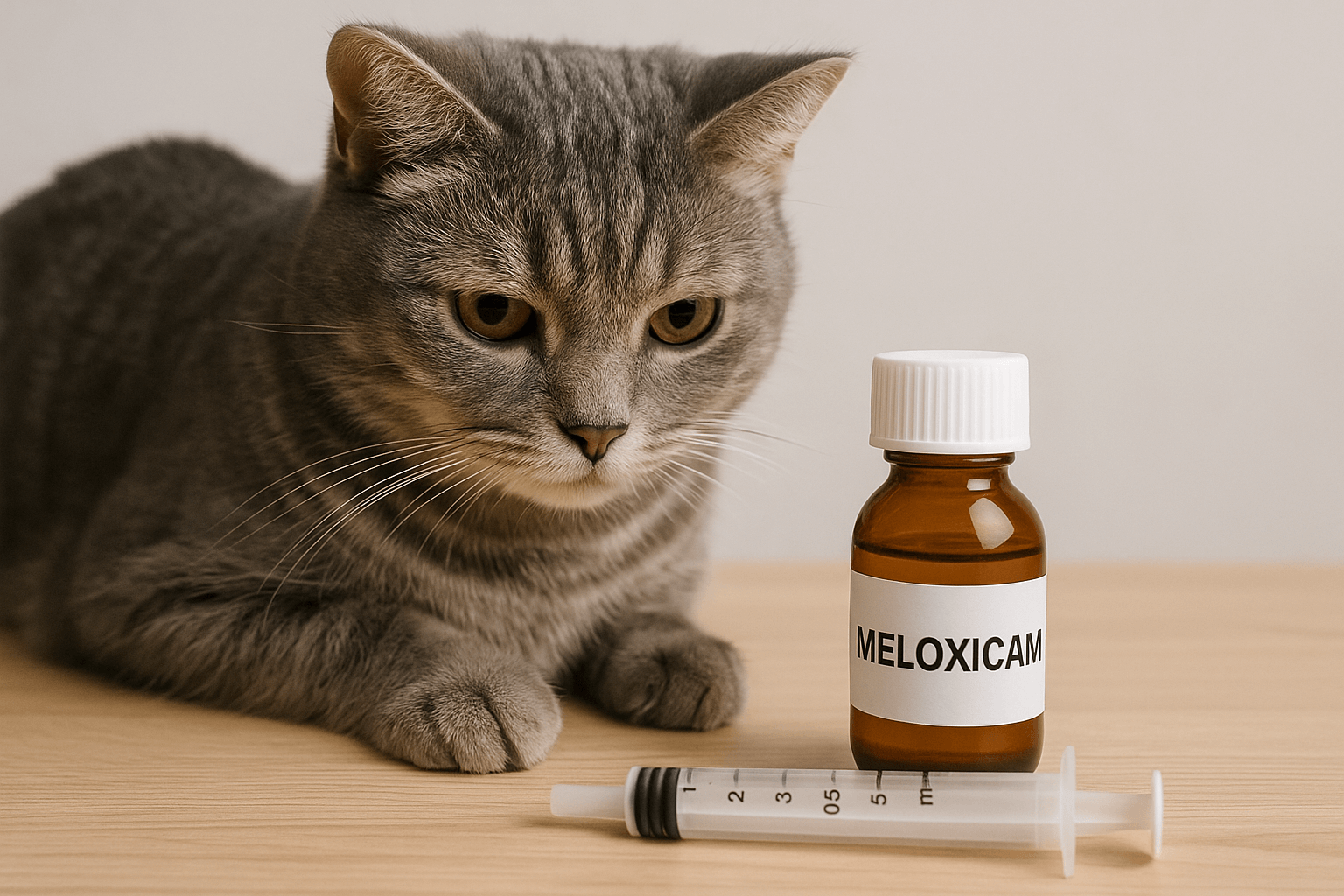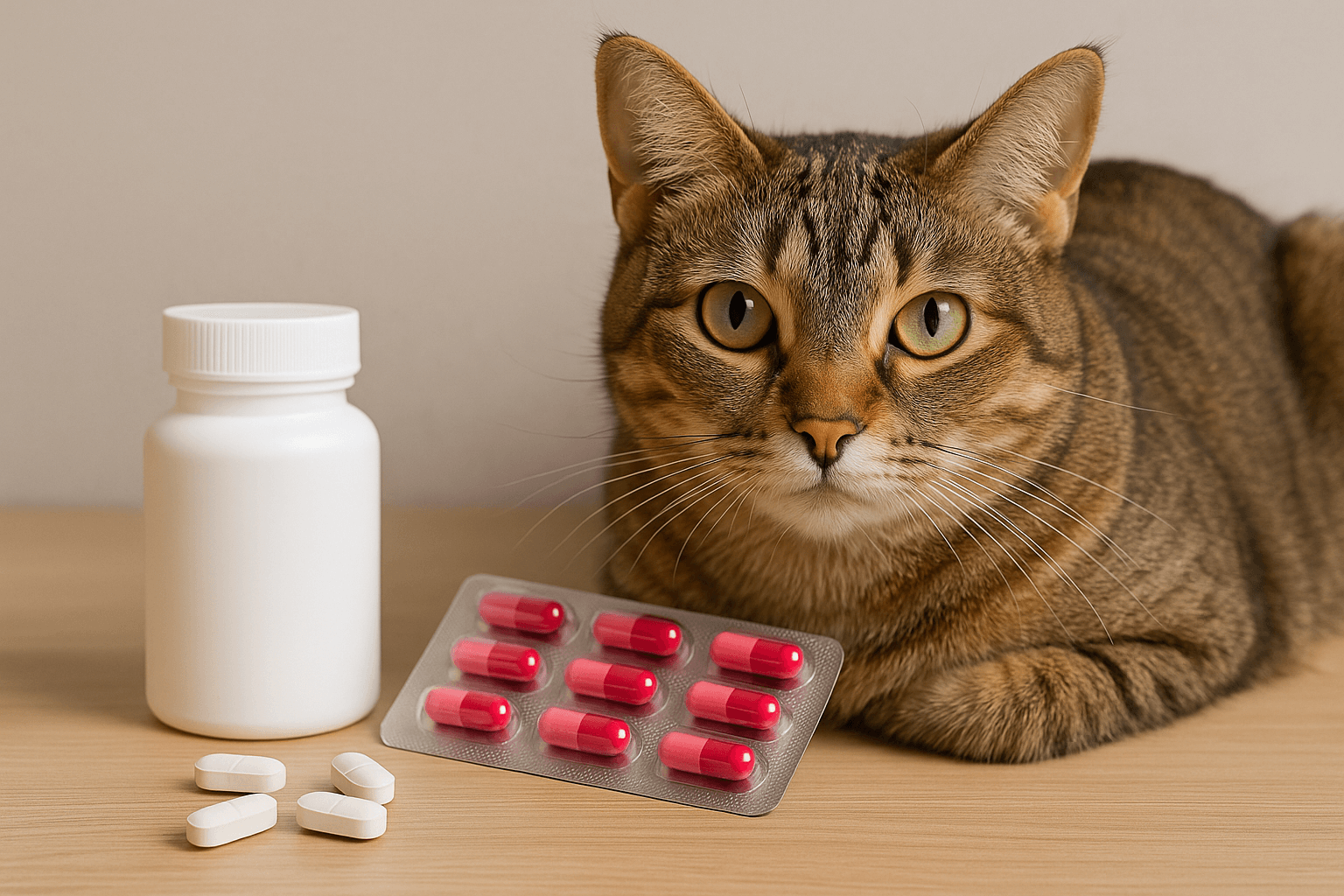Understanding Perineal Urethrostomy in Cats: A Lifesaving Procedure
When it comes to our beloved feline companions, ensuring their health and well-being is always a top priority. However, some conditions can be particularly challenging, both for the cat and the owner. One such condition involves urinary obstructions, which can become life-threatening if not addressed promptly. In severe cases, veterinarians may recommend a surgical procedure known as a perineal urethrostomy (PU).
This surgery is designed to alleviate urinary blockages by creating a wider opening for urine to pass through. While it might sound daunting at first, understanding the procedure, its benefits, and what to expect can help pet owners make informed decisions about their cat’s care. Let’s delve deeper into this topic to explore everything you need to know about perineal urethrostomy in cats.
What Causes Urinary Blockages in Cats?
Urinary blockages are a serious medical issue that can affect cats of all ages, though they are more common in males due to their narrower urethra. These blockages occur when something obstructs the flow of urine, preventing the cat from emptying its bladder. Below are some common causes of urinary blockages:
Urethral Stones: Small mineral deposits can form in the urinary tract and lodge in the urethra, causing an obstruction.
Mucus Plugs: Thick mucus or cellular debris can accumulate and block the narrow passage of the urethra.
Inflammation or Swelling: Conditions like feline idiopathic cystitis can cause inflammation, narrowing the urethra and impeding urine flow.
Tumors or Growths: Although less common, abnormal tissue growths can physically block the urethra.
Congenital Narrowing: Some cats are born with a naturally narrow urethra, making them more prone to blockages.
Understanding these causes is crucial for recognizing the signs of urinary issues early and seeking veterinary care promptly. By addressing the root cause, veterinarians can determine whether a perineal urethrostomy is necessary to prevent future blockages.
Benefits of a Perineal Urethrostomy for Cats
A perineal urethrostomy is often considered a last resort for cats suffering from recurrent urinary blockages. However, it can significantly improve the quality of life for affected felines. Here are some key benefits of this procedure:
Prevents Life-Threatening Blockages: By widening the urethra, the surgery reduces the risk of future obstructions, which can be fatal if left untreated.
Improves Long-Term Health: Cats that undergo PU surgery often experience fewer urinary tract infections and related complications.
Reduces Stress for Owners: Knowing that their cat is less likely to suffer from another blockage provides peace of mind for pet owners.
Enhances Comfort for the Cat: Chronic urinary issues can cause significant discomfort. PU surgery alleviates this pain and allows the cat to urinate normally.
Cost-Effective in the Long Run: While the initial cost of surgery may seem high, it can save money by reducing emergency vet visits and ongoing treatments.
The decision to proceed with a perineal urethrostomy should always be made in consultation with a trusted veterinarian. For many cats, this surgery offers a new lease on life, free from the constant threat of urinary blockages.
Check this guide 👉Understanding Cystocentesis in Cats: Best 7 Health Tips!
Check this guide 👉 Understanding Egg Powder for Cat Allergies: Best 7 Tips!
Check this guide 👉 Understanding Skin Tags on Cats: Best 7 Expert Health Tips!

Advantages of PU Surgery | Considerations Before Surgery |
|---|---|
Prevents recurrent urinary blockages | Requires a thorough pre-surgical exam |
Improves overall urinary health | Post-operative care is essential |
Reduces risk of kidney damage | Potential for minor behavioral changes |
Minimizes emergency vet visits | Surgery costs vary depending on location |
Enhances the cat’s quality of life | Long-term dietary adjustments may be needed |
Post-Surgical Care for Cats After a Perineal Urethrostomy
After undergoing a perineal urethrostomy, proper aftercare is essential to ensure a smooth recovery and minimize the risk of complications. Here are some important steps to follow during the post-operative period:
Monitor the Surgical Site: Check the incision daily for signs of infection, such as redness, swelling, or discharge.
Administer Medications: Give all prescribed antibiotics and pain relievers exactly as directed by your veterinarian.
Restrict Activity: Limit your cat’s movement and jumping for at least two weeks to allow the surgical site to heal properly.
Use an Elizabethan Collar: Prevent your cat from licking or biting the incision area by using a cone or protective collar.
Schedule Follow-Up Visits: Attend all recommended check-ups to ensure the healing process is progressing as expected.
With diligent care and attention, most cats recover fully from a perineal urethrostomy and go on to live happy, healthy lives.
Signs Your Cat May Need a Perineal Urethrostomy
Recognizing the symptoms of urinary blockages early can make all the difference in your cat’s prognosis. If your cat exhibits any of the following signs, it’s important to seek veterinary care immediately:
Straining to Urinate: Your cat may appear to be in distress while attempting to urinate but produce little or no urine.
Frequent Trips to the Litter Box: Increased visits to the litter box without successful urination can indicate a problem.
Crying or Vocalizing in Pain: Cats in discomfort may vocalize more than usual, especially while trying to urinate.
Lethargy or Weakness: A blocked bladder can lead to toxin buildup, causing your cat to become lethargic or unresponsive.
Vomiting or Loss of Appetite: These symptoms often accompany severe urinary blockages and require urgent attention.
Early intervention can prevent complications and potentially eliminate the need for surgery. Always consult your veterinarian if you notice any unusual behavior in your cat.
Dietary Adjustments After Surgery
Proper nutrition plays a vital role in supporting your cat’s recovery and long-term urinary health after a perineal urethrostomy. A balanced diet can help prevent future complications and promote overall well-being. Here are some dietary recommendations to consider:
Increase Water Intake: Encourage your cat to drink more water by providing fresh, clean water at all times or using a pet water fountain.
Switch to Wet Food: Wet food contains higher moisture content than dry kibble, helping to keep your cat hydrated and reduce the risk of crystal formation.
Choose Urinary-Specific Formulas: Specialized diets designed for urinary health can help maintain optimal pH levels and minimize the risk of stones or blockages.
Avoid High-Magnesium Foods: Foods rich in magnesium can contribute to the formation of struvite crystals, so it’s best to avoid them unless recommended by your vet.
Monitor Portion Sizes: Overfeeding can lead to obesity, which may exacerbate urinary issues. Stick to portion sizes recommended by your veterinarian.
By making thoughtful dietary changes, you can support your cat’s recovery and reduce the likelihood of future urinary problems. Always consult your vet before introducing any new food or supplements.
Behavioral Changes to Expect
After a perineal urethrostomy, some cats may exhibit behavioral changes as they adjust to their new physical condition. While these changes are usually temporary, it’s important to be aware of them and provide reassurance during this transition period. Below are common behavioral shifts you might observe:
Increased Litter Box Use: Your cat may spend more time in the litter box initially as they adapt to urinating through the new opening.
Temporary Anxiety: The surgery and recovery process can cause stress, leading to clingy or withdrawn behavior in some cats.
Changes in Grooming Habits: Some cats may groom less frequently due to discomfort around the surgical site, while others may over-groom out of curiosity.
Altered Playfulness: Your cat might seem less energetic during the recovery phase but should gradually return to their usual playful self.
Vocalization During Urination: Occasional meowing while urinating is normal as your cat gets used to the sensation of the widened urethra.
While these behaviors are typically short-lived, monitor your cat closely and consult your vet if anything seems unusual or concerning. Patience and understanding will help your feline friend adjust smoothly.
Preventive Measures to Avoid Future Blockages
Even after a successful perineal urethrostomy, taking preventive measures is essential to ensure your cat remains healthy and free from urinary issues. By implementing these strategies, you can minimize the risk of complications down the line:
Regular Vet Check-Ups: Schedule routine veterinary visits to monitor your cat’s urinary health and catch potential problems early.
Maintain a Stress-Free Environment: Stress can contribute to urinary issues, so create a calm and enriching space for your cat with plenty of hiding spots and toys.
Provide Multiple Litter Boxes: Ensure there are enough litter boxes in your home (one per cat, plus one extra) to encourage regular urination and reduce territorial stress.
Keep the Litter Box Clean: Cats are more likely to use a clean litter box, so scoop daily and change the litter completely at least once a week.
Encourage Exercise: Physical activity helps maintain a healthy weight and reduces the risk of obesity-related urinary problems.
By incorporating these preventive practices into your cat’s daily routine, you can significantly lower the chances of future urinary issues. Remember, proactive care is key to keeping your feline companion happy and healthy for years to come.
FAQ
What is a perineal urethrostomy?
A perineal urethrostomy (PU) is a surgical procedure performed on cats to create a wider opening for urine to pass through, preventing recurrent urinary blockages.
Is PU surgery painful for my cat?
The surgery itself is performed under anesthesia, so your cat won’t feel pain during the procedure. Post-operative pain is managed with medications prescribed by your vet.
How long does recovery take?
Most cats recover within two to three weeks, provided they receive proper care and follow-up treatment.
Can my cat still spray after PU surgery?
While spraying behavior may decrease, it is not guaranteed to stop entirely. Neutered cats are less likely to spray regardless of the surgery.
Are there risks associated with PU surgery?
As with any surgery, there are risks, including infection or complications during healing. However, PU surgery is generally considered safe and effective.
Empowering Your Cat’s Health Journey
A perineal urethrostomy can be a life-changing solution for cats suffering from recurrent urinary blockages. While the decision to proceed with surgery may feel overwhelming, understanding the procedure, its benefits, and the care required afterward can ease concerns. With proper veterinary guidance and dedicated post-operative care, many cats go on to enjoy happier, healthier lives. Remember, your feline companion relies on you to advocate for their well-being—trust your instincts and work closely with your vet to make the best choices for your pet. Together, you can overcome challenges and ensure a bright future for your furry friend.
Cat Fever Treatment: Best 7 Expert Tips! Discover expert advice on identifying, managing, and treating fever in cats to ensure their quick recovery and well-being.
Understanding Meloxicam for Cats: Best 7 Expert Tips! Learn how to safely administer meloxicam, manage side effects, and ensure your cat's comfort with expert advice on feline pain relief.
Amoxicillin for Cat UTI: Best 7 Expert Tips! Discover safe usage, dosage guidelines, and expert advice on treating feline urinary tract infections effectively with amoxicillin.
Understanding Cat Cancer Treatment: Best 7 Expert Tips! Discover expert advice on managing feline cancer, from early detection to treatment options, ensuring your cat’s health and comfort.





